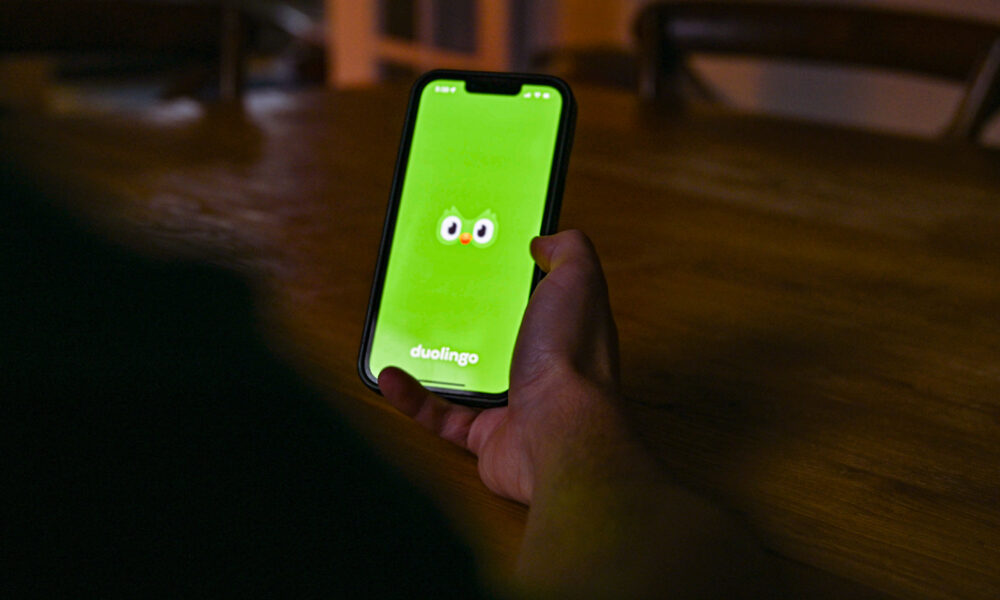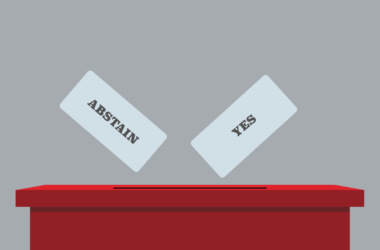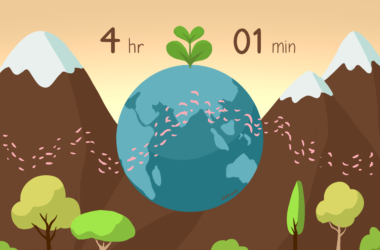Duolingo’s very name—rooted in the Latin “duo” (two) and “lingua” (language)—champions multilingualism, which seems fitting considering the function of the app as a language-learning tool. Yet, ironically, Duolingo’s design choices often speak only one language: The language of exclusivity.
In a generation where technology shapes our daily lives, the design choices embedded in massive platforms like Duolingo reveal a lot about who is included—and who is left behind—in the digital language-learning community. While Duolingo offers courses in many widely spoken languages, Indigenous languages, many of which are already endangered, receive far less of their attention. Duolingo only offers two: Navajo and Hawaiian. Duolingo’s design choices are also inaccessible for users with autism, as its intense graphics and reward systems make its platform intimidating.
Individuals with autism often experience sensory overload from sudden sounds, rapid visuals, and inflexible evaluation structures. Duolingo’s flashing animations, rigid lesson structures requiring users to complete tasks in a specific order, and pressure to maintain a “streak” by going on the app daily can overwhelm them in this way. I realized that what was marketed as a fun and accessible way to learn could, in reality, be frustrating and discouraging for some. Gamified aspects, such as losing hearts for incorrect answers and the expectation of fast-paced performance, can amplify anxiety, making it harder for neurodivergent users to engage.
The presence of ads in the app’s free version intensifies these problems. These ads disrupt the flow of learning, creating unnecessary stress for users who rely on consistency. They’re also often filled with bright images and intrusive sounds, leading to similar issues of overstimulation. For some individuals with autism, particularly those who experience difficulties with concentration, ads limit their ability to learn effectively.
To improve inclusivity, Duolingo could implement a “Safe Mode,” eliminating penalties, disabling flashing animations, reducing sound effects, providing text-based instructions, and removing ads. “Safe Mode” would ensure a more accommodating learning environment for all users with cognitive differences.
Beyond its inaccessibility to individuals with autism, Duolingo’s structure exposes global power imbalances in language learning. While the platform offers courses in Indigenous languages, the learning experience for these languages is often minimal compared to English or French.
Duolingo grants popular languages advanced features, varied lessons, and interactive exercises, while Indigenous languages receive limited content and fewer resources. This imbalance reinforces historical colonialism, which prioritizes the languages of colonizing powers while marginalizing Indigenous languages and cultures. By continuing to elevate certain languages over others because of their popularity with users, Duolingo perpetuates the exclusion of Indigenous languages, making it more difficult to preserve and promote them today.
By creating a “Community Resource Hub,” Duolingo would be taking a first step to address this interlinguistic disparity. This program would allow Indigenous language speakers to upload open-source materials to the app, allowing active Indigenous participation in language preservation.
At McGill, the university’s limited offering of Indigenous Studies, which only provides a minor in the field, reflects a broader institutional pattern of not prioritizing Indigenous voices in education. For students at McGill, this lack of representation is a stark reminder that colonial legacies are still at play, not just in historical contexts but in the very systems that shape our learning environments today—including language-learning platforms.
Rethinking Duolingo’s design choices is not just an improvement but a necessary step toward a more equitable digital future. For platforms that have the power to shape how we learn, inclusivity is not just a matter of choice: It’s a responsibility.









